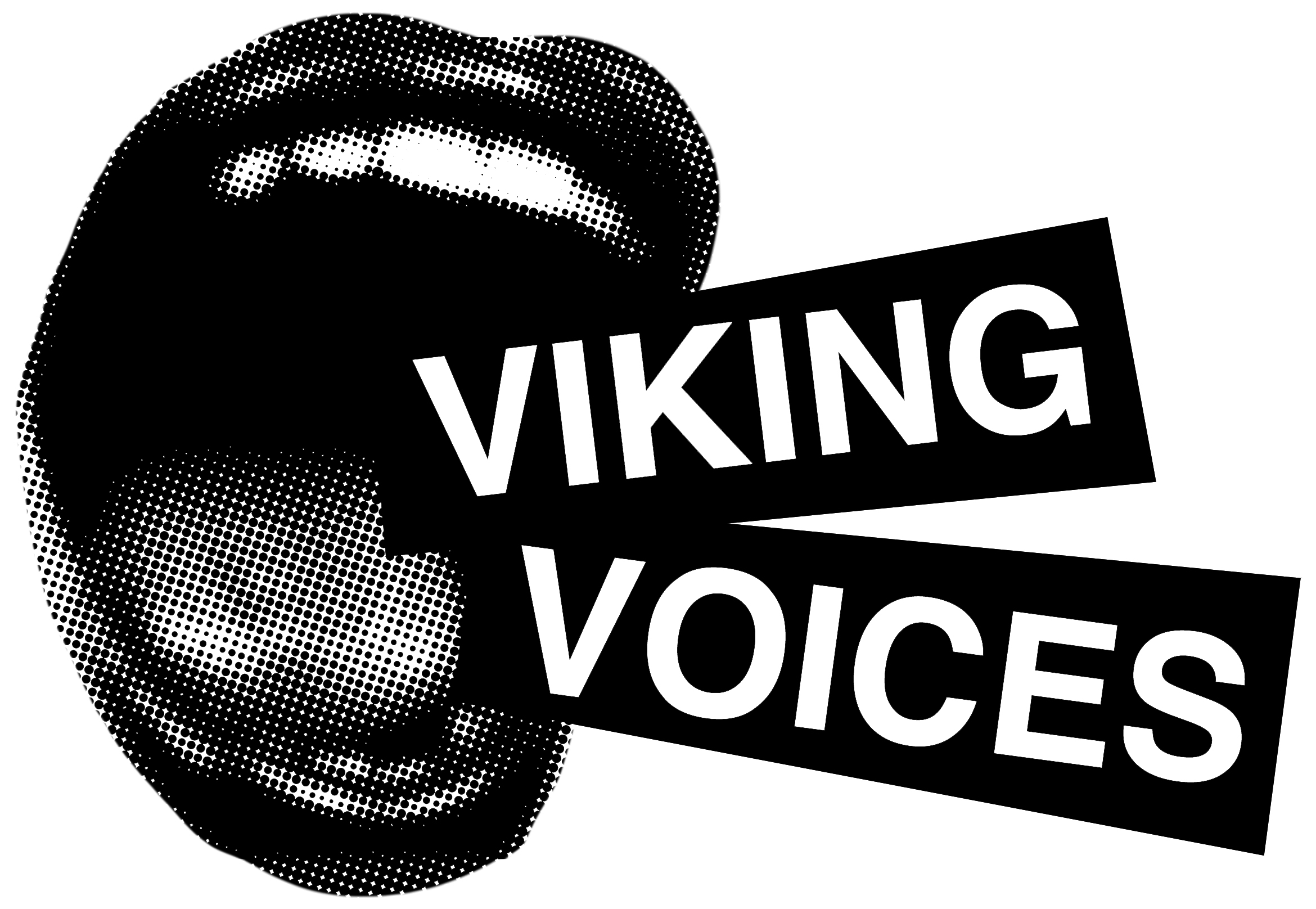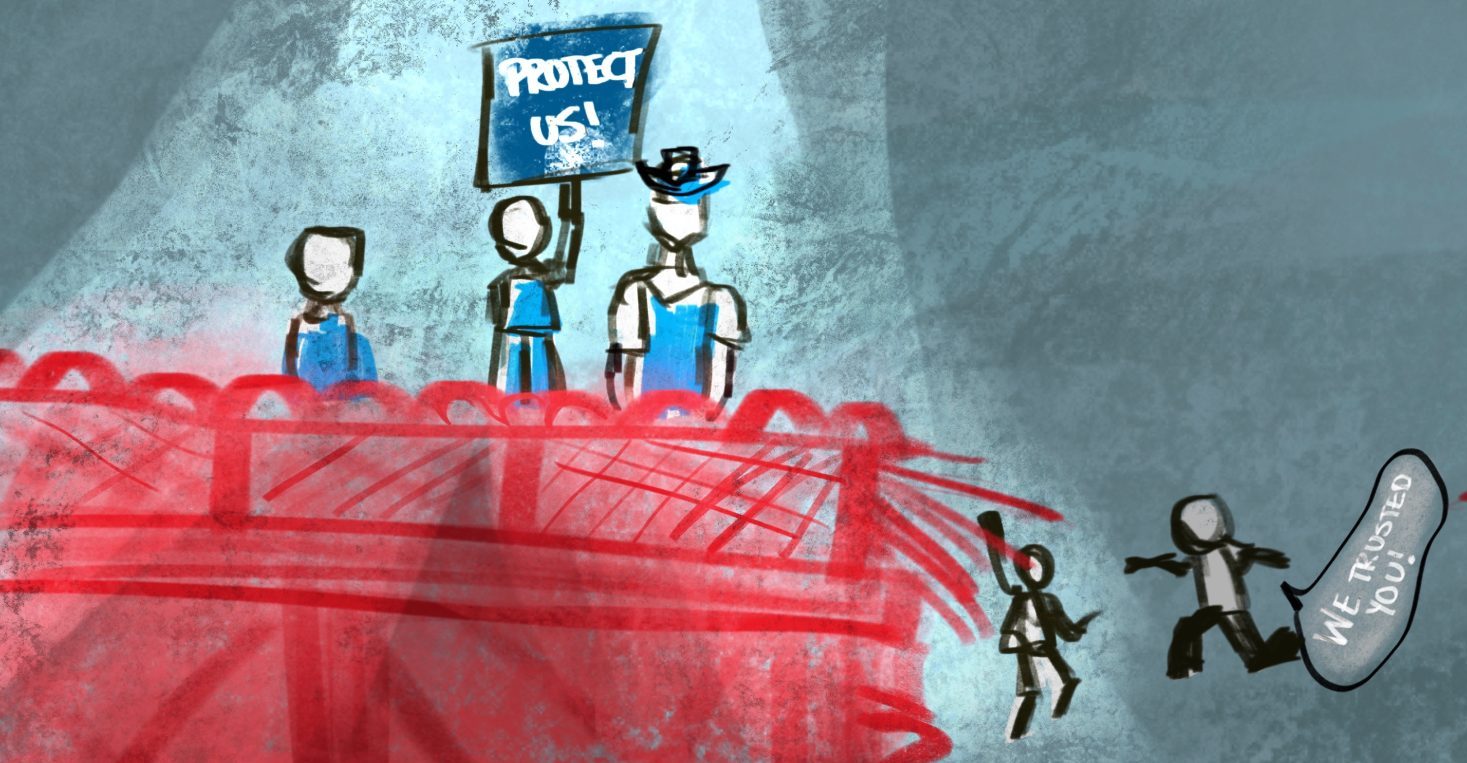“For the apparel oft proclaims the man,” writes William Shakespeare in the play Hamlet as part of a long stream of advice given by Polonius to his son Laertes. Polonius refers to wearing clothes to signify wealth, but the meaning also fits the way clothes are worn today. How we dress shows who we are; our clothes still represent wealth or lack thereof, personal taste, style or color preferences. But clothing has also long been used to denote another important aspect of who we are: gender and sexual identity.
We see a baby and automatically think blue for boys, pink for girls; any other color throws us. Little children with short hair and darker colors must be boys because little girls have “girly” hairstyles and bright colors like pink and purple or sky blue. But what if a little boy wants to wear a pink shirt? Or a girl wants to shave her head? Just one look around campus and, in a larger scope, Portland, we see a variety of clothing choices that break the modern gender barrier.
Changes have been slow but steady in their arrival. In 2015, Target made an announcement: The retail giant would take down gender signs in its stores in several departments, and the change was to apply to their toy and entertainment departments. Target’s announcement read, “Guests have raised important questions about a handful of signs in our stores that offer product suggestions based on gender.” The retail chain then pointed out that it would maintain gender differentiation in its clothing sections because of “fit and sizing differences,” which, to quote the company’s statement, “makes sense.”
In some regard, that is true: There are different cuts in clothing according to body shape and type, but this is a big step forward in corporate America and the march toward a more accepting community. However, there has been a backlash by some parents and conservatives.
In a 2015 article on the website The Blaze, writer Matt Walsh argued that there are important differences between boys and girls in a blog post titled, “Yes, Target, I Do Want My Daughter to Conform to Her Gender.”
The outrage over toys is indicative of the same sort of issues we could face in the event clothing stores remove gender-designating signs. Where does this leave the non-binary gender community? Is clothing something that should be strictly based on gender, or is there some sort of common ground? Is this something that should or should not be changed? More to the point: What is the big deal?
The big deal is this: The world is changing, and society needs to change with it. As a culture, we have placed rigid gender roles on each other and ourselves, especially when it comes to clothing. According to Craig Leets at the Portland State Queer Resource Center, the rigidity of these roles is completely self-inflicted. These strict rules create more issues for everyone, whether they fit the roles or not, and we subconsciously enforce these roles with each other. Leets pointed out that we can police each other’s clothing choices with a simple glance, showing approval and disapproval without saying a word.
Today, society is pushing away from these heavily enforced rules and the ideas that everyone must be male or female and dress the part. In stores like Target, the removal of gender signs and markers in the toy aisle is a nice start, but there are other improvements that could and should be coming in the near future. An ideal situation, according to Leets, would be to have one clothing section with “pants,” “shirts,” etc.
However, it’s not about saying that people can’t dress to suit their gender tastes either. The idea is to remove the stigma regarding how a biological woman or man should dress. Clothing can still be cut to fit specific body types, we just don’t need a label designating those purple pants just for women or the warm flannel for only men.
The idea of blending gender departments in retail clothing stores may seem like a strange one, but is it a bad one? The idea that we have a selection of clothes that we are allowed to wear that may not be what we really want to wear seems strange, and the fact that we put ourselves into that prison is even stranger. These rigid, gender-based clothing rules just don’t work for us as a society anymore. That’s not to say it’s unacceptable for a woman to want to wear traditionally feminine clothes or a man to prefer to look traditionally masculine. The idea is about teaching and practicing tolerance, and that starts at home with each of us. As Leets pointed out, “We adults need to catch up with kids. Kids are accepting. We question people; kids just accept.”






